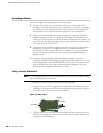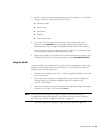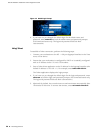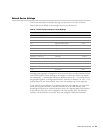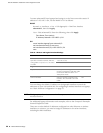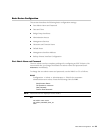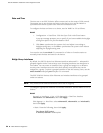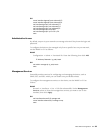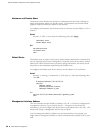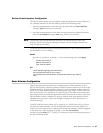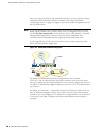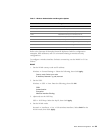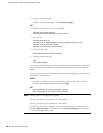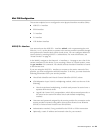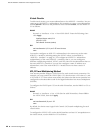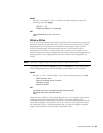SSG 20 Hardware Installation and Configuration Guide
36 Basic Device Configuration
Hostname and Domain Name
The domain name defines the network or subnetwork that the device belongs to,
while the hostname refers to a specific device. The hostname and domain name
together uniquely identify the device in the network.
To configure the hostname and domain name on a device, use the WebUI or CLI as
follows:
WebUI
Network > DNS > Host: Enter the following, then click Apply:
Host Name: name
Domain Name: name
CLI
set hostname name
set domain name
save
Default Route
The default route is a static route used to direct packets addressed to networks that
are not explicitly listed in the routing table. If a packet arrives at the device with an
address for which the device does not have routing information, the device sends
the packet to the destination specified by the default route.
To configure the default route on the device, use the WebUI or CLI as follows:
WebUI
Network > Routing > Destination > New (trust-vr): Enter the following, then
click OK:
IP Address/Netmask: 0.0.0.0/0.0.0.0
Next Hop
Gateway: (select)
Interface: ethernet0/2 (select)
Gateway IP Address: ip_addr
CLI
set route 0.0.0.0/0 interface ethernet0/2 gateway ip_addr
save
Management Interface Address
The Trust interface has the default IP address 192.168.1.1/24 and is configured for
management services. If you connect the 0/2 — 0/4 ports on the device to a
workstation, you can configure the device from a workstation in the 192.168.1.1/24
subnetwork using a management service such as Telnet.
You can change the default IP address on the Trust interface. For example, you
might want to change the interface to match IP addresses that already exist on your
LAN.



